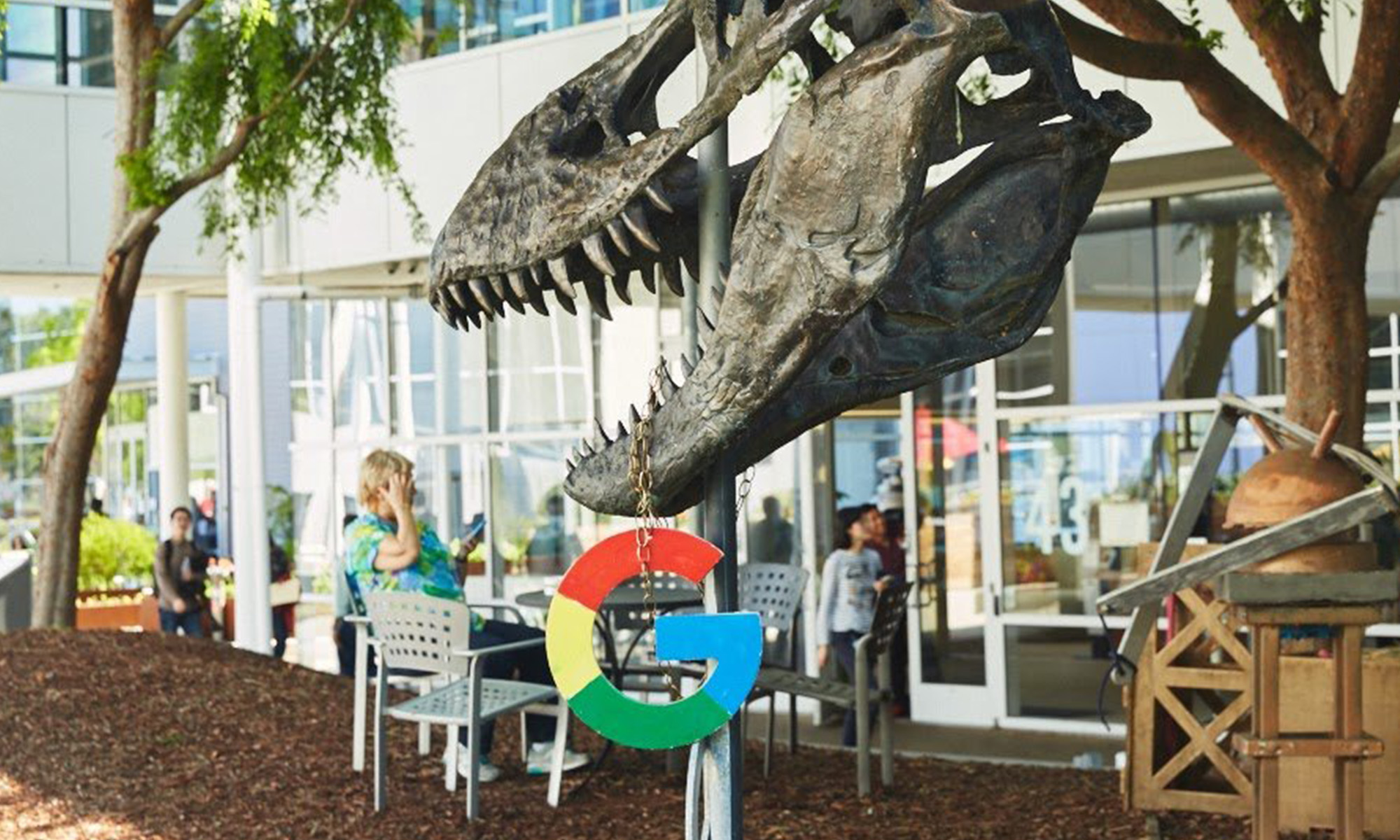When you account for public visibility outside of native applications, Twitter's (TWTR +0.00%) audience arguably rivals Facebook's (FB 1.74%). Tapping into Twitter's knack with public figures, journalists frequently embed tweets into their articles. These tweets enhance stories by adding context or sometimes by representing the story itself. In this respect, Twitter is far ahead of Facebook. But Facebook wants in on it.
In an attempt to compete with Twitter in public visibility, Facebook recently announced a new tool for journalists, called Signal.

Signal. Image source: Facebook.
What is Signal?
"We've heard from journalists that they want an easy way to make Facebook a more vital part of their newsgathering with the ability to surface relevant trends, photos, videos, and posts on Facebook and Instagram for use in their storytelling and reporting," Facebook's director of media partnerships, Andy Mitchell, said in the blog post announcing the new tool. Signal is Facebook's answer to these requests from journalists.
Signal is a portal that helps journalists discover and curate newsworthy content from Facebook and Instagram. Journalists can then embed this content in their content.
More specifically, with Signal journalists can discover what's trending on Facebook through its search function, see data on public figures in a given category -- e.g., politicians, sports teams, or players are driving the most conversation, retrieving relevant photos posted on Instagram, and more.
While Facebook has allowed journalists to embed public posts in their content since 2013, this is the company's first major attempt to cater to journalists with tools to help them discover the best content to embed.

Facebook allows public posts to be embedded within web content. Image source: Facebook.
Facebook's attempt to appeal to journalists is also likely a key part of the social network's growing attempt to woo public figures to be more active on the service. Just a week before Facebook introduced Signal, the company announced two new features for public figures with verified profiles: Facebook Mentions and Live. These features help public figures interact and engage with their followers and peers. Signal, like Facebook Mentions and Live, also serves public figures. With journalists more actively embedding posts, public figures will have greater incentive to be more engaged on Facebook.
A reason for Twitter to step up its game
In the near term, there really aren't any implications for Facebook and Twitter investors with the launch of Signal. Predicting Facebook will garner as much clout in the public eye outside of its own applications as Twitter is purely speculative this early in the game.
Twitter's key advantage in getting journalists to share tweets in their content stems from the microblogging site's core competence: the speed with which news can be shared on the platform. This speed works as an advantage when it comes to embedding content on the platform. And Twitter's ability to facilitate rapid sharing looks as pristine as ever.
But investors should keep an eye on Facebook's efforts and progress in getting journalists to embed Facebook and Instagram posts in articles. If Facebook gains some momentum in this area, the social network could pose a threat to Twitter's greatest advantages over Facebook.






